LONDON — She was born a royal but with little hope of wearing the crown.
Princess Elizabeth Alexandra Mary, known by her family as Lilibet, was born April 21, 1926 — third in line to the throne after her uncle and her father. But a scandalous royal love affair changed the course of Lilibet’s life and paved the way for her to become the United Kingdom’s longest-serving monarch, a much-admired symbol of comfort and continuity and arguably the most famous woman in the world.

Elizabeth’s reign lasted from the industrial age to the internet age — 70 years of endurance and stoicism in which she met generations of legendary, mostly male, global leaders and helped steer Britain through the loss of its empire and its emergence as a midsized multicultural nation.
From a young queen to the grandmother of the nation, decade after decade she smiled, waved, shook hands and chatted with a vast number of her subjects and admirers, despite family scandals and the tragedy of a dead princess.

Her cool, reliable cheerfulness made her overwhelmingly popular with the British public.
Queen Elizabeth II died Thursday. Her eldest son, Charles, is now king.
On the eve of World War II, her uncle, King Edward VIII, abdicated in 1936 after his marriage proposal to an American divorcee, Wallis Simpson, erupted in a scandal that engulfed the royal family and embroiled the country’s politicians.
Elizabeth’s father became a reluctant King George VI, making Elizabeth the direct heir to the crown.
Elizabeth assumed the throne in 1952 at the age of 25 after the sudden death of her father in his sleep at 56. In the 70 years since, she worked with 15 British prime ministers and met every U.S. president during her time as queen except Lyndon Johnson. The vast majority of Britons have never known another monarch, and she remained overwhelmingly popular until her death.
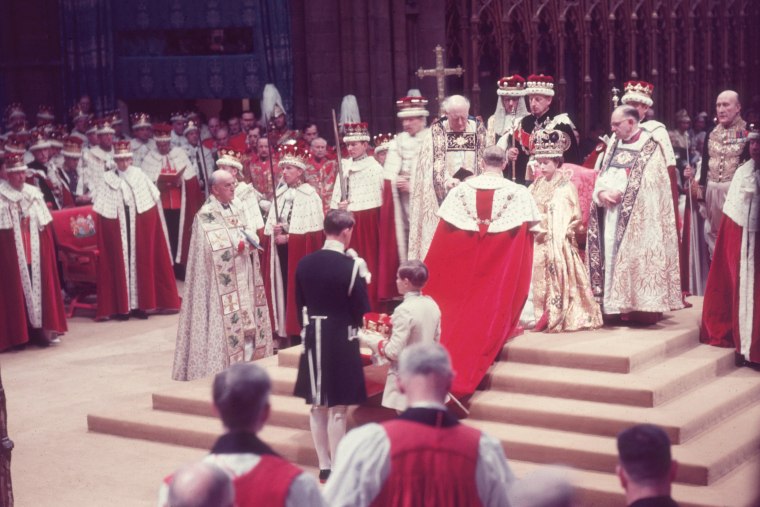
She reigned against the backdrop of vast cultural and political transformations — the end of Britain’s age of deference and its empire, and the advent of globalization and the multimedia age. Throughout, she and her family experienced unprecedented levels of public exposure and, at times, a fractious relationship with the media.
Elizabeth also oversaw the monarchy’s evolution into a champion of a diminished United Kingdom at home and abroad, and she worked tirelessly to keep the crown relevant in a changing world. A source of unending fascination to many, she’s been the subject of movies, plays and TV series, including “The Crown,” “The Queen,” and “The Royal House of Windsor.”
“She has throughout her reign managed to make people feel that she is the spirit and the soul of the country,” said Clive Irving, the author of “The Last Queen: How Queen Elizabeth II Saved the Monarchy.” “She gives over a maternal feeling. She’s a safe pair of hands at the top. No one else has ever been able to convey that as she did.”
That was evident most recently during the pandemic, when early on the queen addressed the U.K. in a rare broadcast to urge her subjects to show the same “self-discipline” and “quiet good-humored resolve” that characterized previous generations.
The queen, whose image adorns stamps, money and mailboxes, is more than a mere figurehead: She played an essential role in the functioning of the U.K. as a constitutional monarchy. After an election, it is the U.K.’s monarch who calls on the political parties to form a government. The monarch also must give assent to all legislation passed by Parliament, and meets weekly with the prime minister to discuss government matters. They are legally allowed to “advise and warn” the government’s ministers.
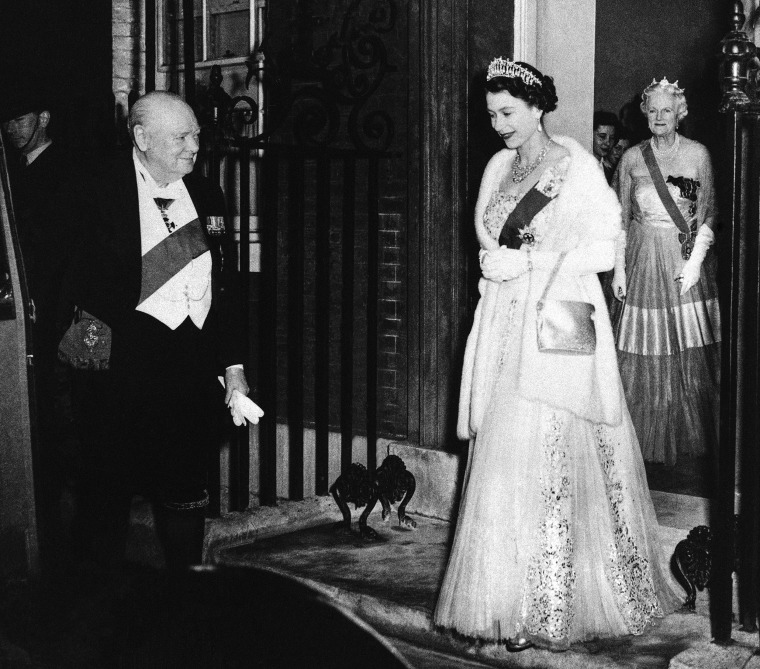
Crucial to what is widely seen as a successful reign was Elizabeth’s ability to appear ubiquitous and at the same time remain an enigma. She accomplished this by avoiding expressing her political views or making controversial statements in public — no mean feat for someone constantly in the limelight. This meant keeping her own counsel during thousands of events, appearances and speeches, according to Philip Murphy, the director of history and policy at the University of London.
“She has an incredible capacity for repeating the same sorts of rather dull official events which clearly mean an awful lot to other people,” said Murphy. “So much of being a constitutional monarch is the repetition of boring regimes, and there’s something about her that has never rebelled against that. She would call that a sense of duty.”
During the war, Elizabeth and her sister went to live in Windsor, while their parents stayed in London despite the heavy bombardment from German bombers. She made her first radio address in 1940, speaking to other children who had been separated from their families to keep them safe.
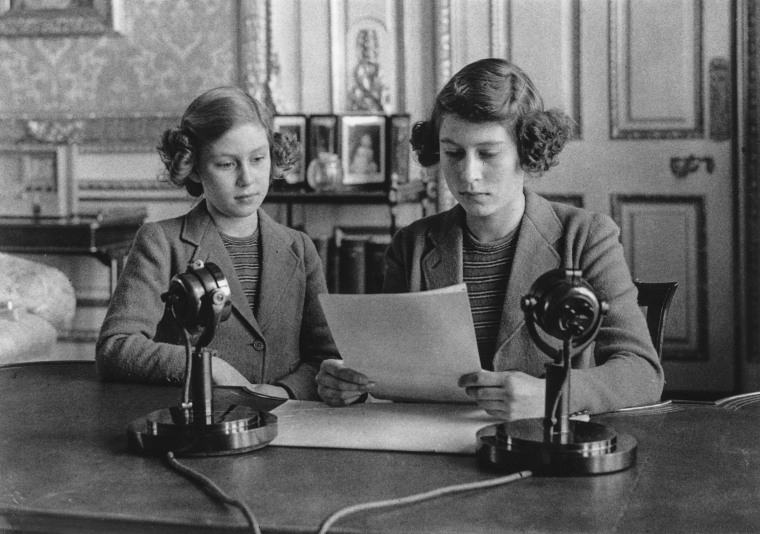
Toward the end of the conflict, the princess joined the all-female Auxiliary Territorial Service and trained as a mechanic.
It was during the war that the young royal began to date her future husband.
Philip, her third cousin, was a Greek prince but had spent most of his childhood in the U.K. His family fled Greece after a revolution and were largely penniless. The couple first crossed paths in 1934 at a family wedding and then met again in 1939 when she was 13 and he was 18. While he was stationed abroad during the war, they wrote letters to each other, but his background and her youth were a cause of concern to other members of the royal family.
During their courtship, Philip and Elizabeth would go out driving in Philip’s tiny MG sports car, as well as dancing at London nightclubs. The couple announced their engagement in July 1947 after Elizabeth returned from her first trip abroad to South Africa. They wed that November, and Philip renounced his Greek title and became a British citizen.
Two years later, they moved to Malta, where Philip was stationed with the British Navy and she lived as an officer’s wife, far from the public eye. Royal observers have speculated that these were some of the happiest years of Elizabeth’s life, a time when she was able to drive her own car and mingle with other officers’ wives without the layers of security and protocol that have defined her reign.
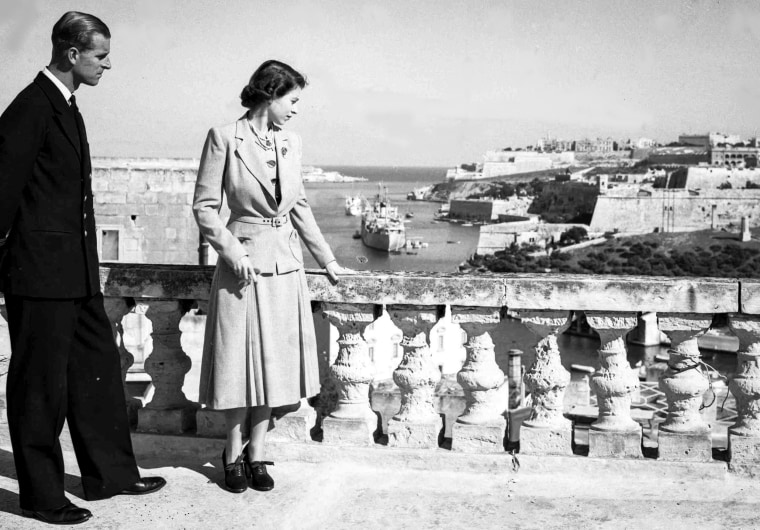
Their relative freedom was cut short when King George, who’s health had long been precarious, suddenly deteriorated. At the time of his death in February 1952, Elizabeth was in Kenya on a royal tour with Philip. After word reached an aide, Philip broke the news to Elizabeth during a walk.
Royal experts say it was Elizabeth’s husband, five years her senior, who helped guide the young queen in the early years.
“She was so young when she ascended the throne,” royal biographer Ingrid Seward said, adding that Elizabeth followed much of the tradition her father had established. “Everything was completely archaic. It was so old-fashioned. I think more than anyone, Prince Philip helped move the monarchy up.”
That was particularly evident in the way he helped revamp the royal estates — the land and holdings belonging to the crown — making their operations profitable, she said.
Philip’s influence on the monarchy as an institution was mirrored in their personal lives, as well.
In one of her more revealing speeches about her husband on the occasion of their 50th wedding anniversary in 1997, the queen referred to his “constant love and help” and said, “He has, quite simply, been my strength and stay all these years.”
Source:https://www.nbcnews.com/







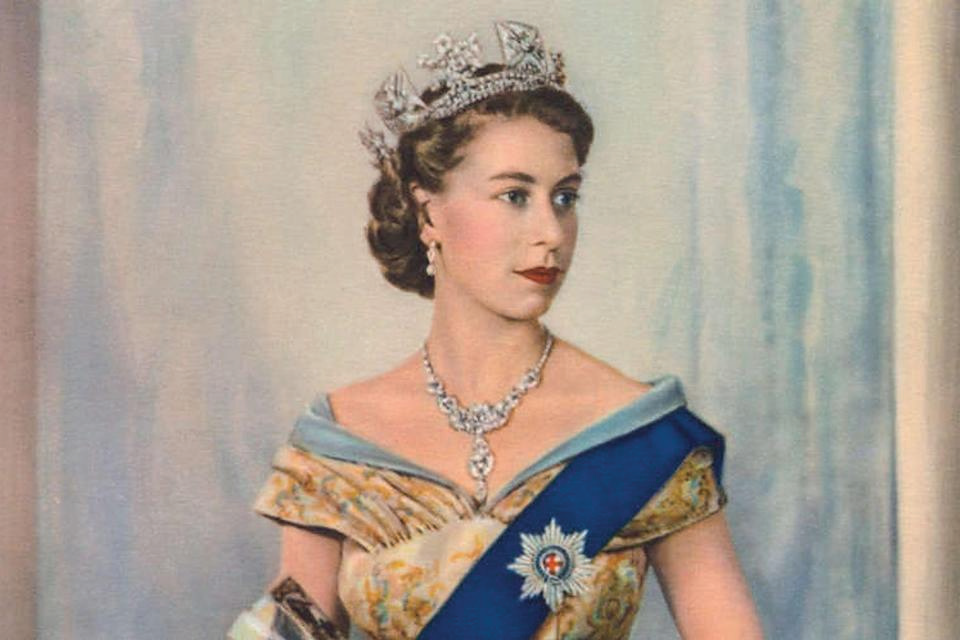


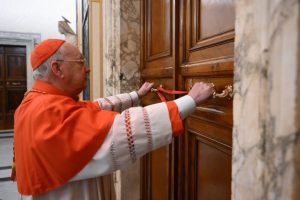









Add Comment